Written by Lorrie Reynolds
Categories
What’s In a Start Line?
There are a lot of factors to consider before starting a run in competition or an exercise during training. What you do at the start line can make or break your run. There are three major factors that deserve attention before you start.
Your Pre-Run Ritual
If you are at a competition, or running a full course in practice, you should have a routine that you consistently go through that tells your dog you are getting ready to perform. Your pre-run ritual does not have to be identical every time, but it should follow the same pattern so your dog knows what to expect.
Here is an example of what I include for my dogs. I take my dog out of her crate and grab a few treats. We go out to let her eliminate, if necessary, and then do some loose leash walking to warm up. As we walk toward the ring, I ask her for some focus tricks like hand touches, spins, and eye contact, rewarding regularly.
When we are close to our turn, she is expected to stay calmly at my side, and we either do a few more stationary tricks, or I calmly pet and praise her. Once we walk into the ring, I take her leash off, bring her next to me, and we are ready to begin.
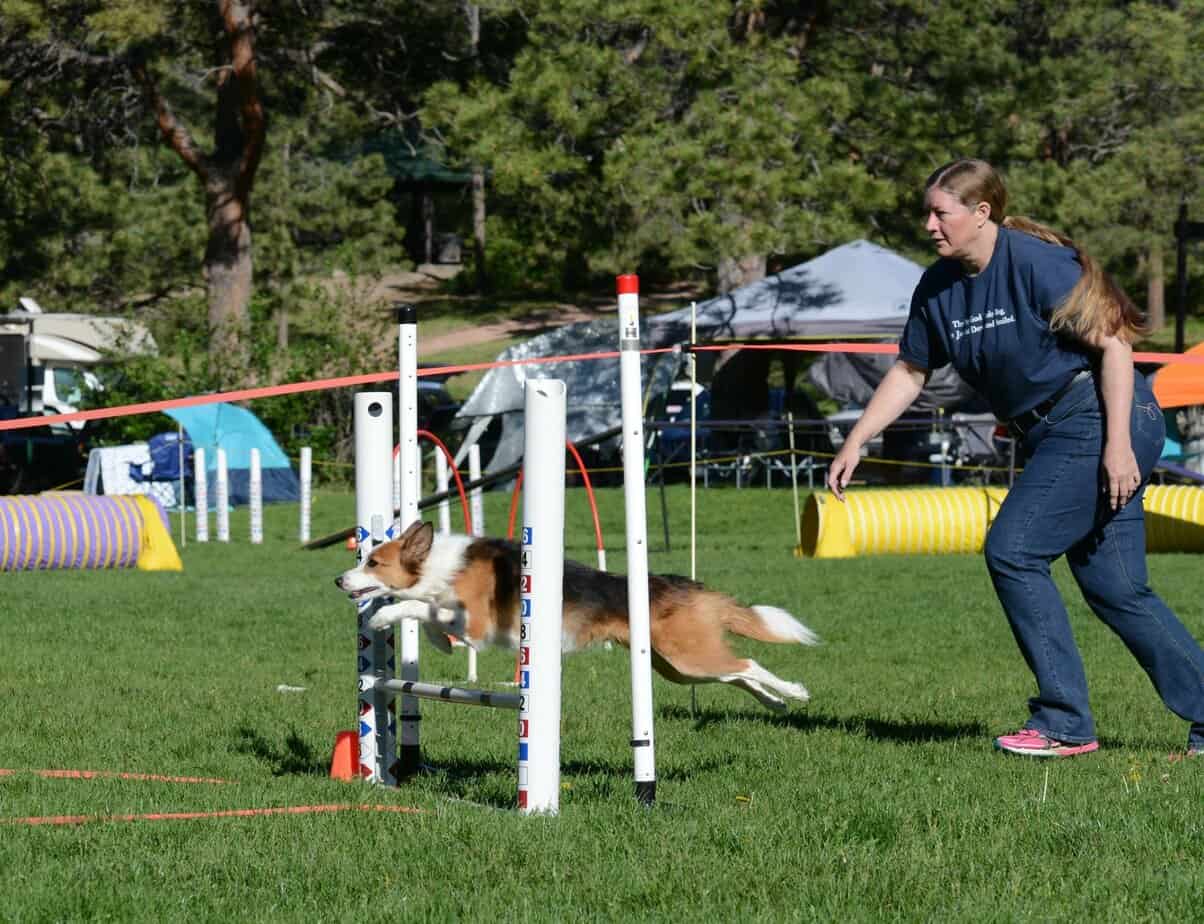
Our ritual is a framework. We do specific tasks – come out of crate, eliminate, warm up, focus, wait calmly, and get ready on the start line – but the length of our warm up, the specific tricks I ask her to do, and our activities while we are waiting calmly vary. She knows by this framework that we are getting ready to run.
I recommend that you periodically perform this pre-run ritual in training as well as at trials, so you are consistent in both places.
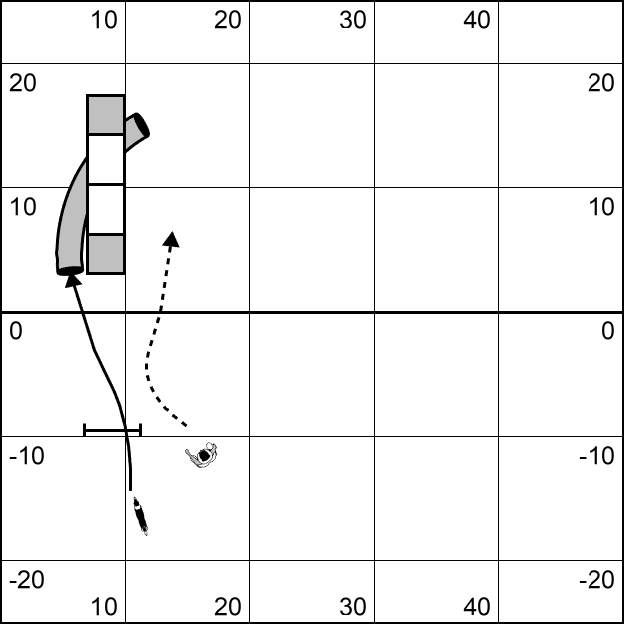
Your Team’s Placement at the Start Line
Whether you ask your dog to stay at the start line (preferred), or you employ a running start (workable but not ideal), WHERE you position your dog and yourself matters. Your start line position is dependent on how the course begins.
If the second obstacle is a discrimination, your dog should be set at an angle so that she is in a direct line toward the correct obstacle. Your starting position should allow you to either push to the outside obstacle, or maintain a parallel path for the inside obstacle.
If the first obstacle requires collection, your dog should not be set up straight in front of the jump, with you next to her facing forward. Set your dog up at an angle or on the side she needs to turn to, and be sure that your body language isn’t screaming extension.
If the course starts with a sequence that requires extension, set the dog up in the middle of the jump with a view of the next obstacle and indicate that you are moving full speed ahead with your body language. Your dog should know what comes next before you even give the release word.
Set your dog up far enough from the first obstacle that she can come up to full speed before performing it. Not only will you reduce the potential for knocked bars if it is a jump, you will also decrease your course time if your dog is at full speed when she trips the timers.
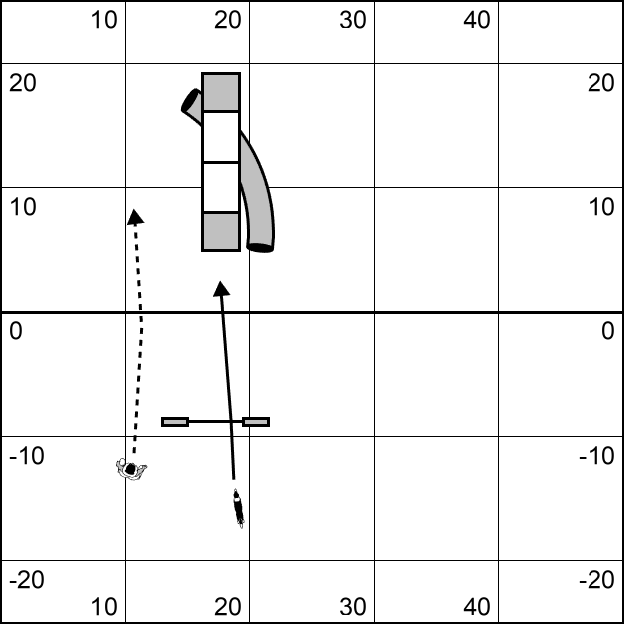
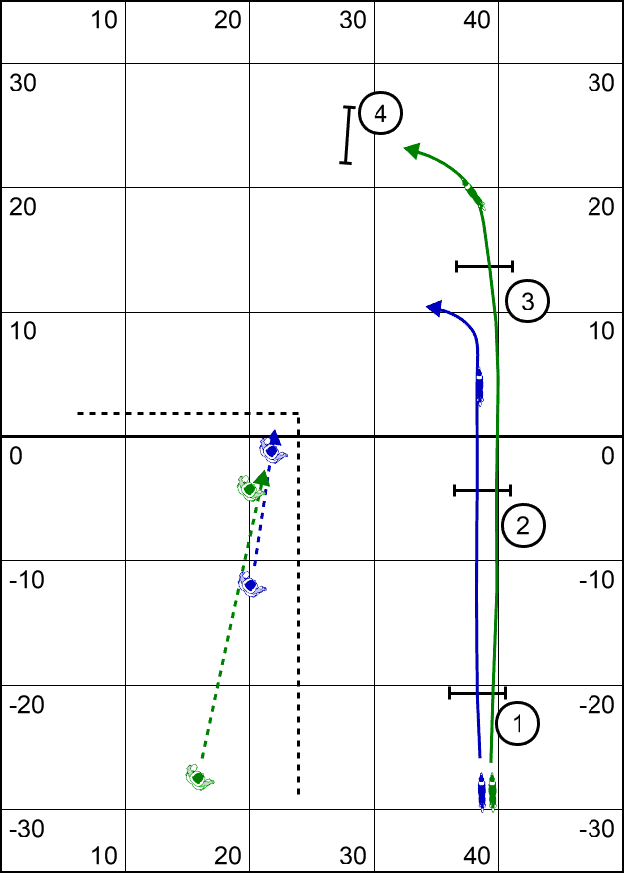
To Lead Out or Not Lead Out
Handlers fall into the habit of leading out on every course, but that isn’t always the best plan. In general, if you need your dog to move ahead of you on course after you start, you should start parallel to the dog rather than leading out. If your dog needs to turn after the first or second obstacle, you should lead out to give her better direction as she starts moving. Following the green path gives you enough room to continue moving to indicate jump #4.
Today’s Training Tip
How you set yourself and your dog up at the start line has a huge impact on the success of your run. At the beginning of an exercise or competition run, go through your pre-run ritual, set your dog up where they have the best chance of success, and determine whether to lead out or not.
You Might Also Like…
Five Ways to Crush It at Your Next Dog Agility Seminar
Going to a dog agility training seminar? Check out these five tips to maximize your return on investment!
Read This Before Deciding on Your Agility Dog’s Contact Performance
Which contact performance, running or stopped, is right for your team? The answer might surprise you.
Is Your Agility Dog a Pinto or a Ferrari?
If you’ve moved up from a slow or moderately-fast agility dog to a speed racer, here’s some advice to make your life easier.
Get tips, stories, discounts, and early notification of events and new courses delivered straight to your inbox! Join the community!
Cover and first photos: Courtesy of Dog Agility Photos For Fun
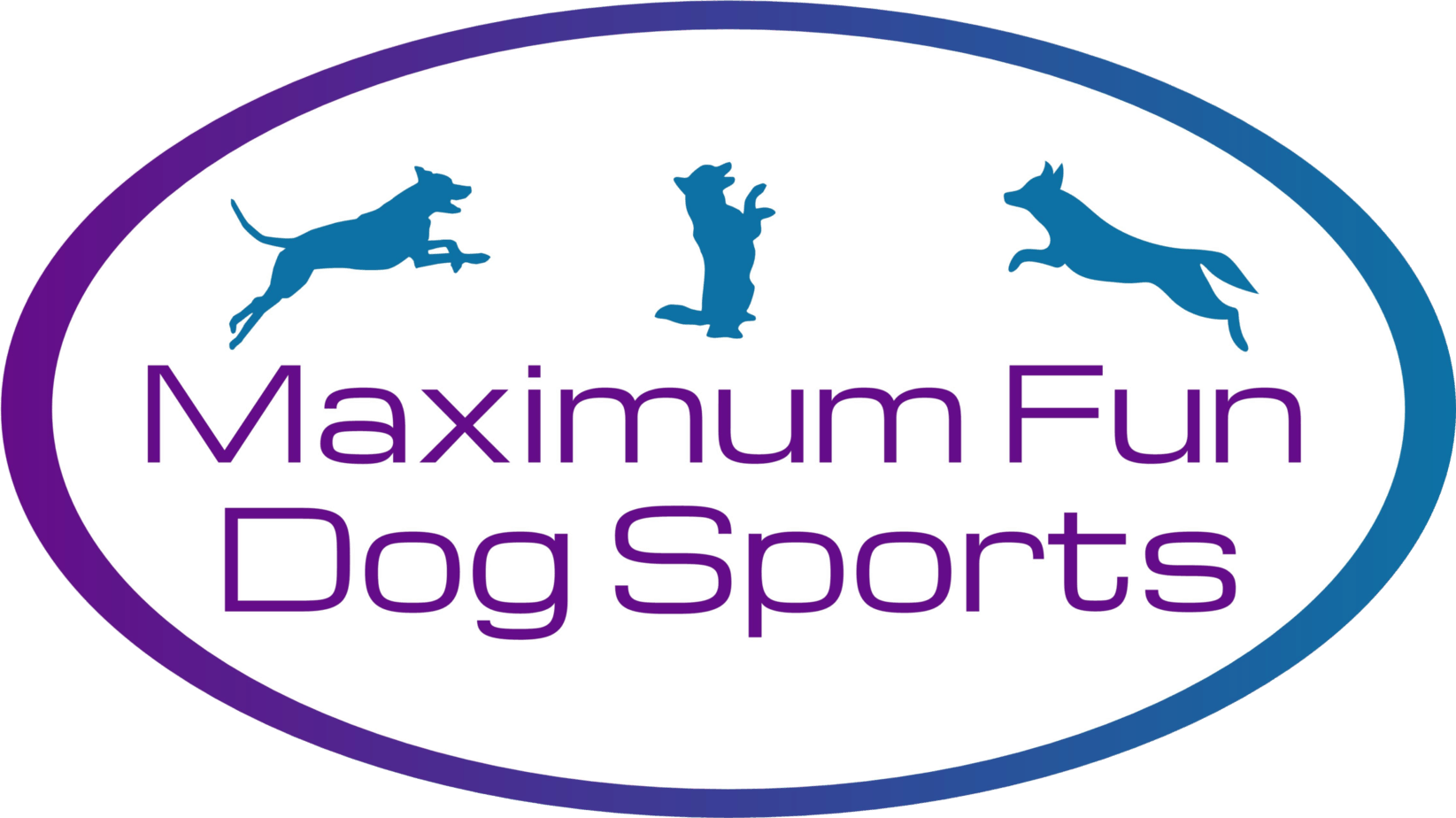
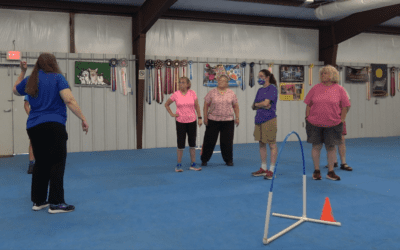
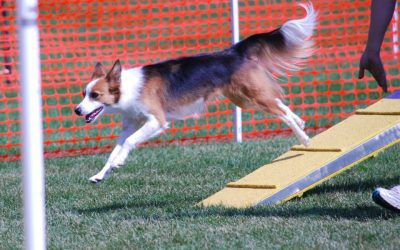
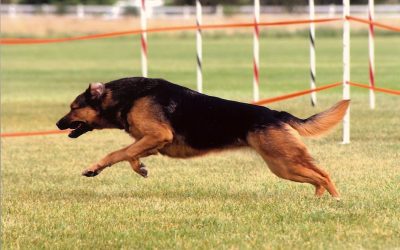
0 Comments